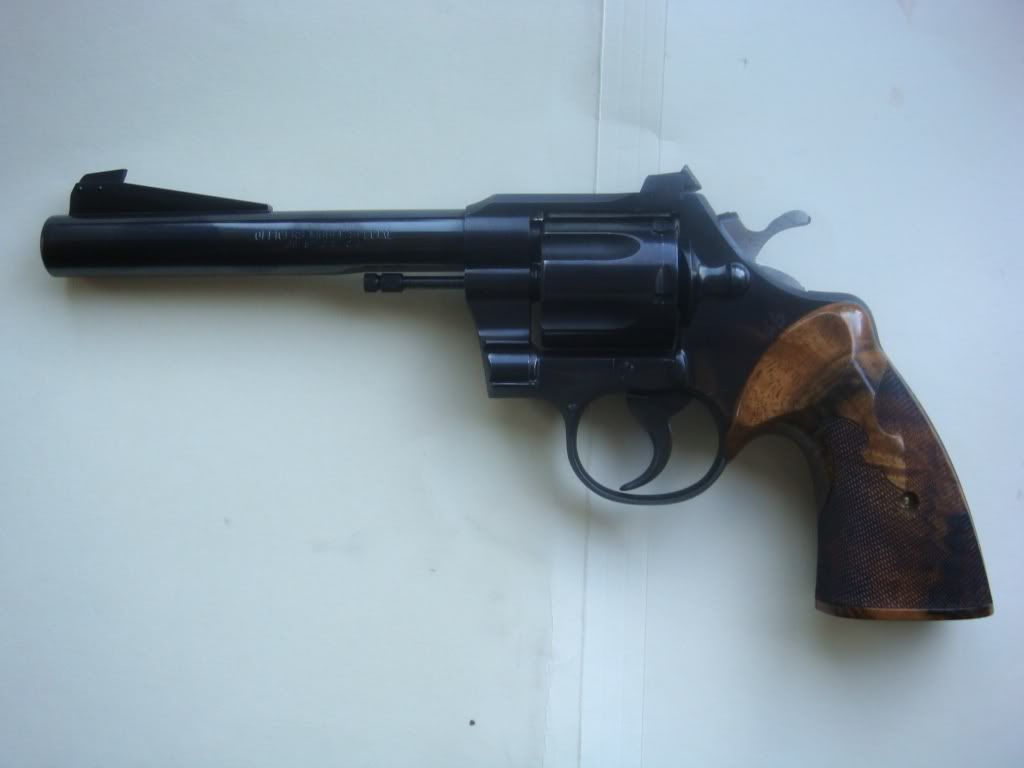Just got back from a trip to AZ to work with
Frank Glenn on colts. It's pretty helpful to have someon experienced go through stuff & check for mistakes. I bought out 4 colts and my dad bought down 2 and we just went through fixing each (mostly eliminating endshake). I also learned how to curve the sear on a trigger using a torch so that you can eliminate stacking.
Frank is really helpful and very polite. The main hint that indicates he's concerned about your (lack of) technique is that the frequency of him offering a specialized tool to do what you're attempting will go down dramatically. Also, the time he holds the gun in question goes up substantially.
I'll post a longer run through later. Two big lessons: (1) the factory sometimes screws up and (2) cranking a colt down to 0 endshake will invariably expose preexisting problems.
The first case came up because a barrel cylinder gap of 0 turned out not to be from an overly worn cylinder collar but b/c whoever fit the barrel at the factory couldn't file that day, so left the right side higher than the left. Once it was refaced, things were just fine.
For the second: I used to be a hardcore "there must be 0 endshake!" type. However, that enthusiasm got tempered a lot. Generally you fix endshake by shoving the cylinder towards the rear of the frame (either using a bushing or lengthening the cylinder collar). 0 endshake requires pushing the cylinder pretty hard. It also means the cylinder must travel straight through any resistance rather having the play that lets it move around it. The end result: 0 play always exposes some preexisting source of binding. With play, the colt can often work around any such thing. Without, it will require forcing right through it. Often I could fix endshake in some amount of time (say X) but tracking down binding and eliminating would take 2X.


















.jpg)

